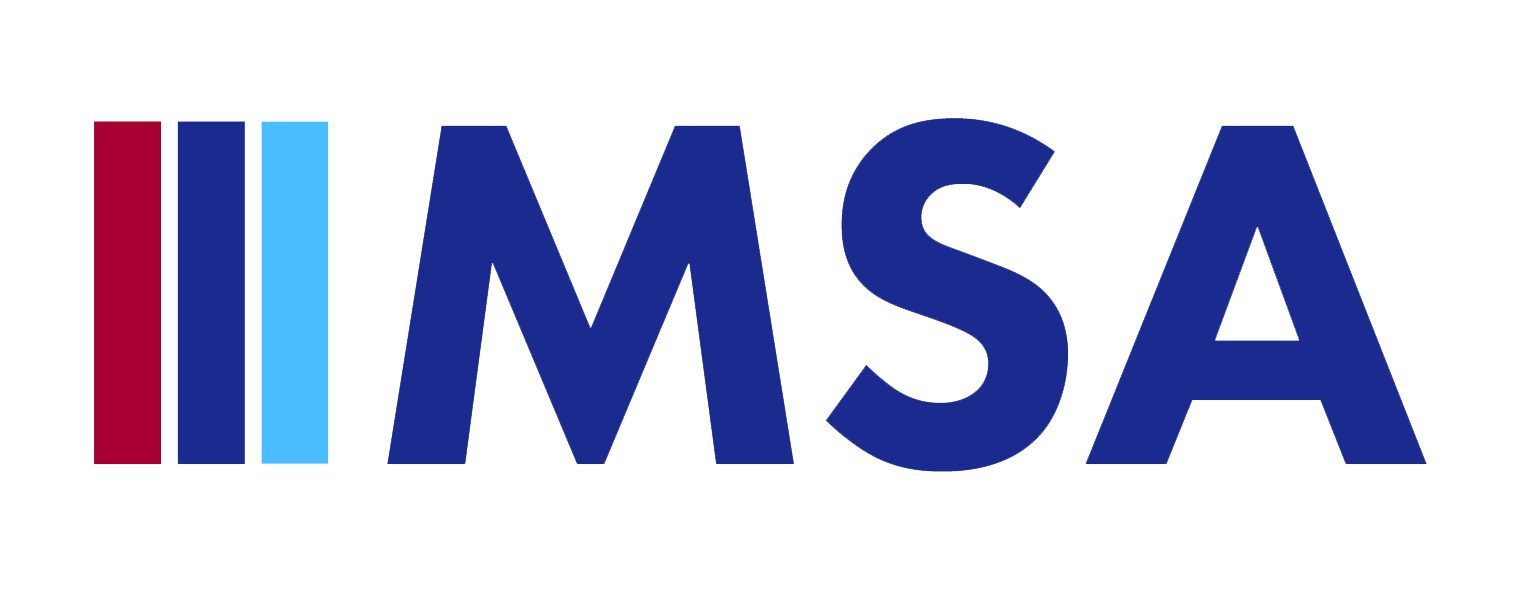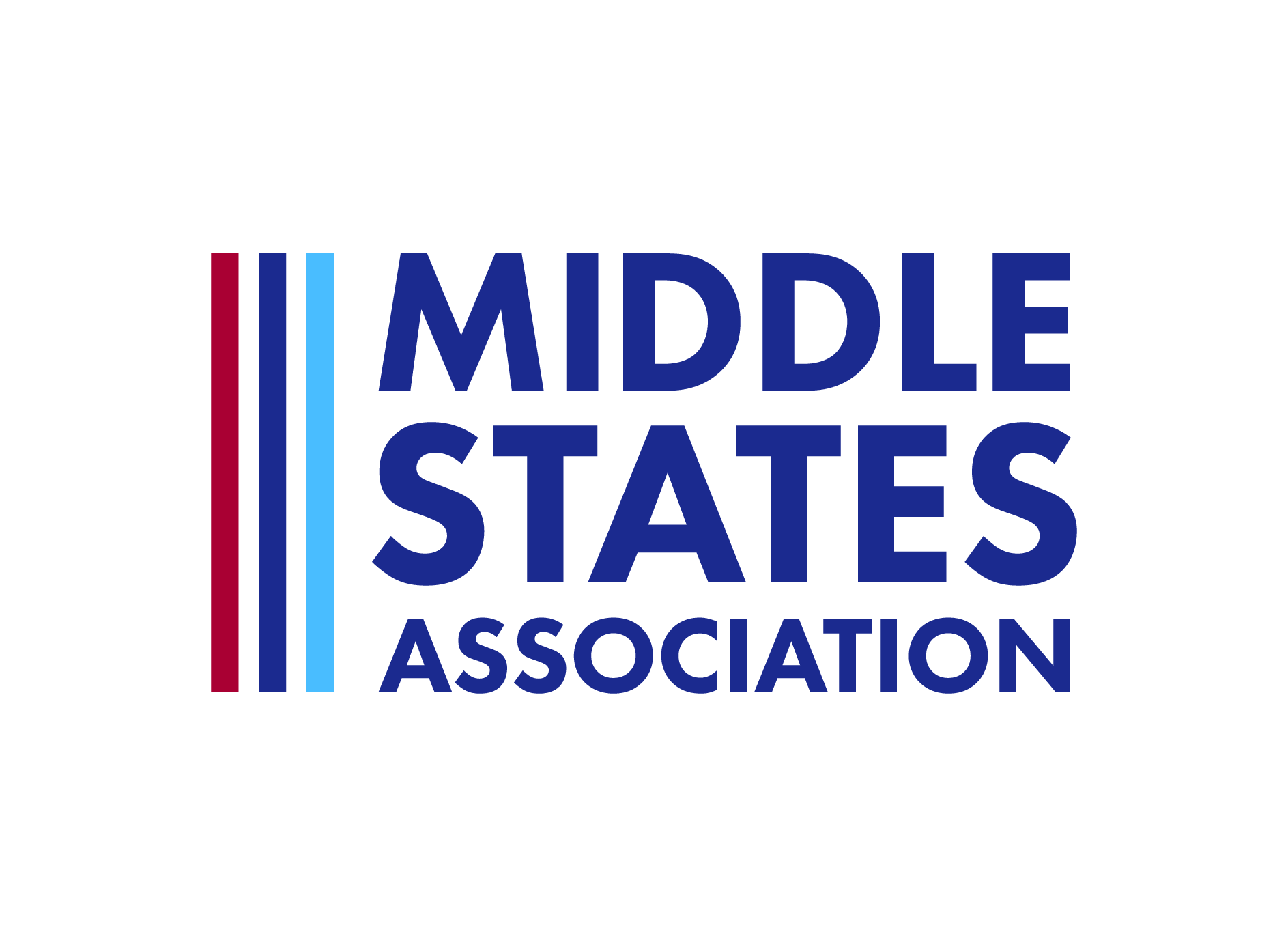A man was struggling in the woods to saw down a tree. An old farmer came by, watched for a while, then quietly said, “What are you doing?”“Can’t you see?” the man impatiently replied, “I’m sawing down this tree.” “You look exhausted,” said the farmer. “How long have you been at it?” “Over five hours, and I’m beat,” replied the man. “This is hard work.” “That saw looks pretty dull,” said the farmer. “Why don’t you take a break for a few minutes and sharpen it? I’m sure it would go a lot faster.” “I don’t have time to sharpen the saw,” the man says emphatically. “I’m too busy sawing!”
The Common Core State Standards require public schools to work smarter, not harder as adjustments are made to curriculum and instruction. “Improving the practice of teaching—learning to teach better—does not necessarily come from teaching longer. Experience does not lead directly to better instruction” (Tucker, 2013). This month, the Representative Assembly of the National Education Association passed support for the Common Core State Standards and set expectations for implementation. The expectations included the assurance of adequate time and tools to strengthen instructional techniques. Discussions regarding the best approach have recently included collective versus individualized professional development in light of new teacher evaluation requirements.In an interview for School Administrator (AASA, January, 2013) Charlotte Danielson noted, “Site administrators as instructional leaders must appreciate the role of school culture, a professional culture, a culture of professional inquiry. They must define teaching as not just what you do with your kids for six hours a day but also about building a professional culture in which everybody is still learning.”
Over a decade ago, Darling-Hammond and Sykes labeled teaching as “the learning profession”. The next decade in schools will not only require greater focus on job-imbedded training surrounding the Common Core State Standards, but will also require increased effort from schools to learn to maximize time and motivate energy to sharpen the saw. The National Council for Staff Development reminds us of the important role played by leadership, resources, and learning communities in the context of professional development. Regardless of the yardstick, those schools that create a culture of continuous improvement will see the most gains in student achievement.

